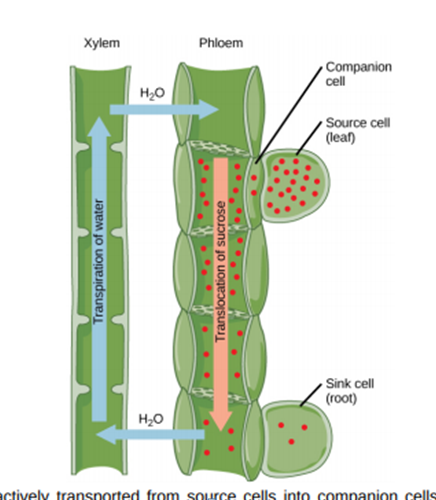Which of the following is a component of the human axial skeleton?
A. sternum (breastbone)
B. vertebral column
C. hips
D. humerus (upper arm bone)
E. the sternum and vertebral column
E. the sternum and vertebral column
You might also like to view...
If there are 32 sister chromatids in a normal somatic cell, what is the haploid number for that cell?
A. 8 B. 16 C. 32 D. 64 Clarify Question · What is the key concept addressed by the question? · What type of thinking is required? · What key words does the question contain and what do they mean? Gather Content · What do you know about sister chromatids? How does it relate to the question? Consider Possibilities · What other information is related to the question? Which information is most useful? Choose Answer · Given what you now know, what information and/or problem solving approach is most likely to produce the correct answer? Reflect on Process · Did your problem-solving process lead you to the correct answer? If not, where did the process break down or lead you astray? How can you revise your approach to produce a more desirable result?
Referring to the illustration as a guide, if you were to put a stalk of celery into a mixture of water and food coloring, in which tissue would you expect to see the food coloring show later?

a. phloem
b. both xylem and phloem
c. xylem
d. none of these
The hormone that promotes conservation of water in the human endocrine system is the
A. antidiuretic hormone (ADH). B. prolactin. C. oxytocin. D. luteinizing hormone (LH). E. thyroid-stimulating hormone (TSH).
What action results when activators present near a gene are "turned on"?
A) increased transcription B) decreased gene expression C) unwinding of the DNA double helix D) a shift in the reading frame